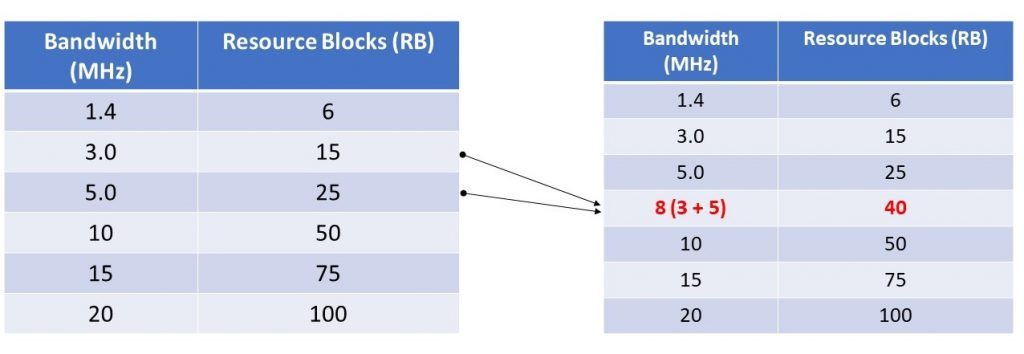eMBMS, FeMBMS, 5G: Cutting through the Technical Jargon
Whether it’s eMBMS, FeMBMS, 5G in broadcast, those who have been keeping themselves updated with the latest in broadcast industry bound to have heard of these terms. Newbies or layman, on the other hand, may find themselves lost amidst all these acronyms. To get everyone on the same page, let’s begin with a little history.
Almost 10 years ago in 2010, the 3rd Generation Partnership Project (3GPP) released Evolved Multimedia Broadcast Multicast Services (eMBMS). eMBMS is a point-to-multipoint interface used for mobile services but designed to improve the efficiency in the delivery of broadcast and multicast services. With eMBMS, up to 60% of the capacity may be allocated to broadcast services. The development for a more efficient platform continued leading to the release of 14 in 2017 by 3GPP. Release 14 was a significant enhancement to the previous eMBMS and was thus called Further evolved Multimedia Broadcast Multicast Service (FeMBMS). Instead of the eMBMS’ 60% capacity to transmit broadcast services, FeMBMS enables up to 100% of the capacity to be dedicated to broadcast services. This huge step-up from eMBMS led to the growing interest among broadcasters on the potential of FeMBMS. After Release 15 in the same year, 3GPP labeled all EPC, LTE RAN which includes FeMBMS as Fifth Generation – 5G, although up till now, 5G in a broadcast mode has yet to be fully specified. Essentially, eMBMS, FeMBMS, and 5G in broadcast refer to the same thing. For simplicity, we will largely use the term FeMBMS in this article.
While FeMBMS may sound like a different ‘animal,’ its design was in fact based on other OFDM standards such as DVB-T2 and ATSC 3.0. Below is a table which illustrates OFDM characteristics for FeMBMS.

In earlier releases, the cyclic prefix (CP)of eMBMS was limited to 33us. The lower CP restricted the creation of larger SFNs to only dense mobile or LPLT (low power low tower) networks. However, deployment of larger SFNs is now possible with the latest FeMBMS, since now it has a more extended guard interval (GI) of up to 200us and a GI fraction of ¼. The capacity of FeMBMS is allocated in resource blocks (RB), and the bandwidth options ranged from 1.4 to 20 MHz. It has a large number of capacity options from combinations of various code rates and modulations (namely QPSK, 16QAM, 64QAM, 256QAM). The table below details the parameters, such as modulation and coding schemes of FeMBMS, parameters which are comparable to DVB-T2.

The tables below illustrate the RB required for each bandwidth with FeMBMS. To effectively fit FeMBMS services into the existing 8 MHz UHF broadcast channel raster, it is possible to combine the 3 + 5 MHz bandwidth options available in FeMBMS. Such a combination ensures optimal spectrum efficiency.

To catch the wave of FeMBMS development , PROGIRA will introduce the FeMBMS network planning module in the latest PROGIRA plan version 7 this year. Get ready to surf with us PROGIRA plan users! 😉
